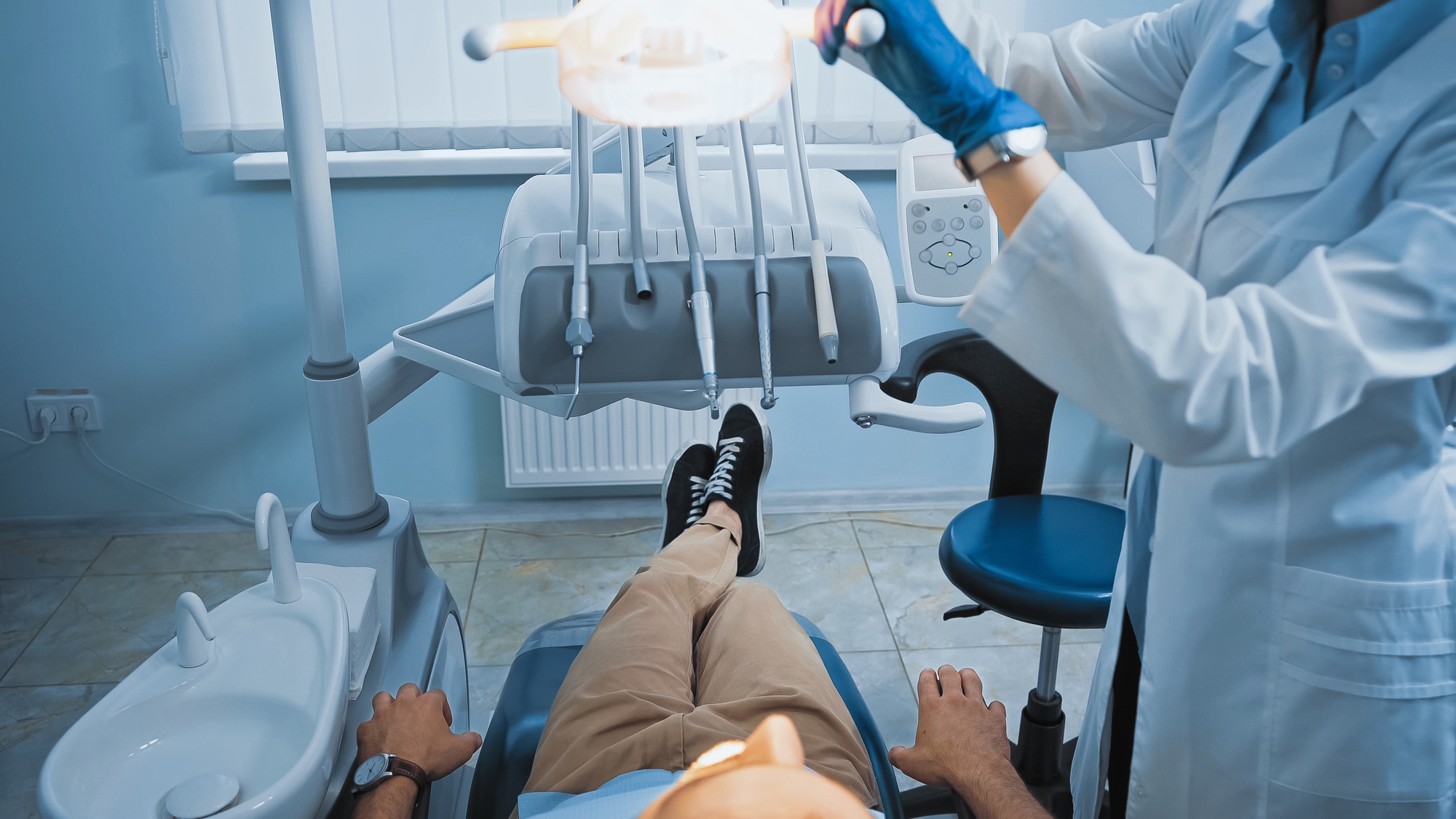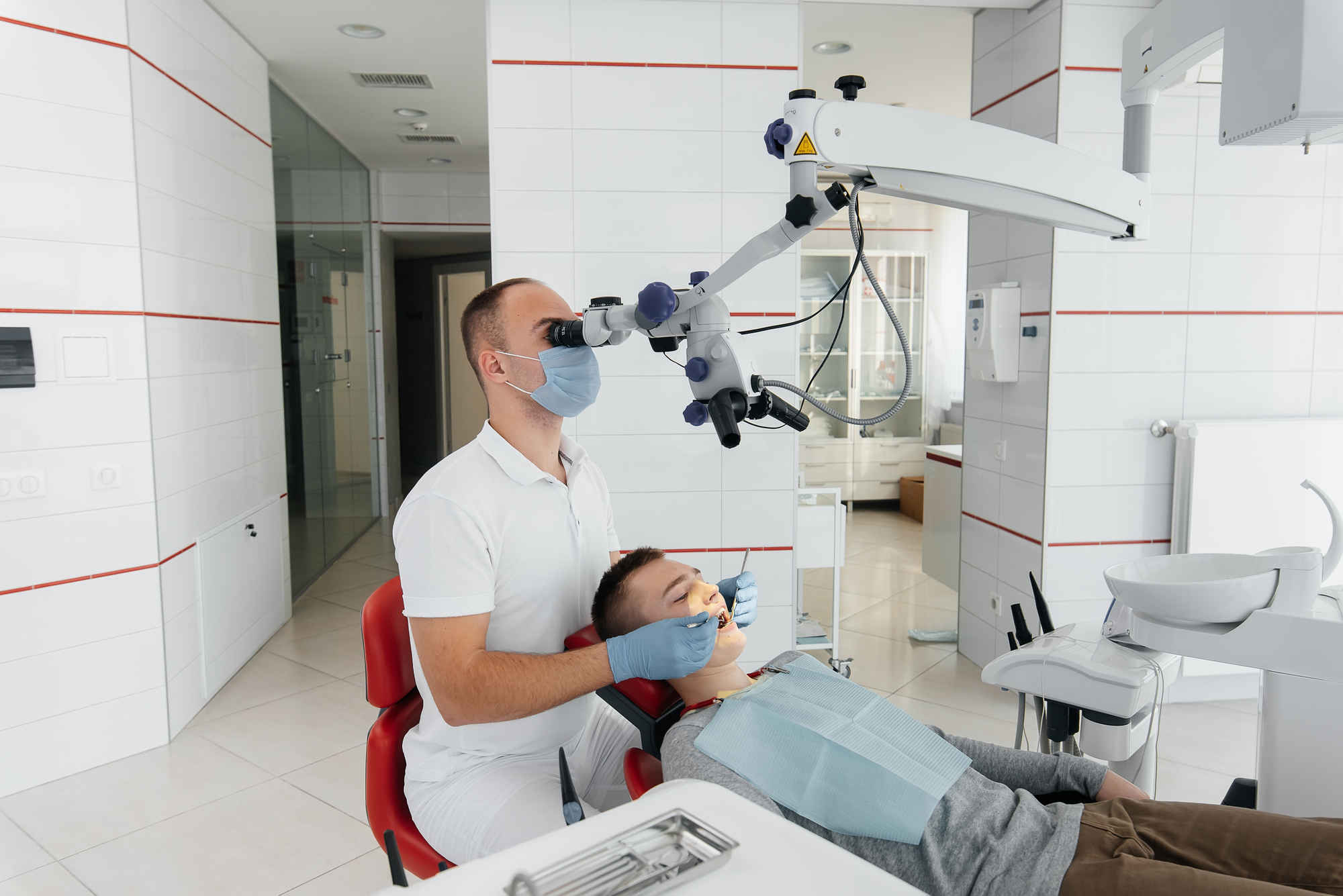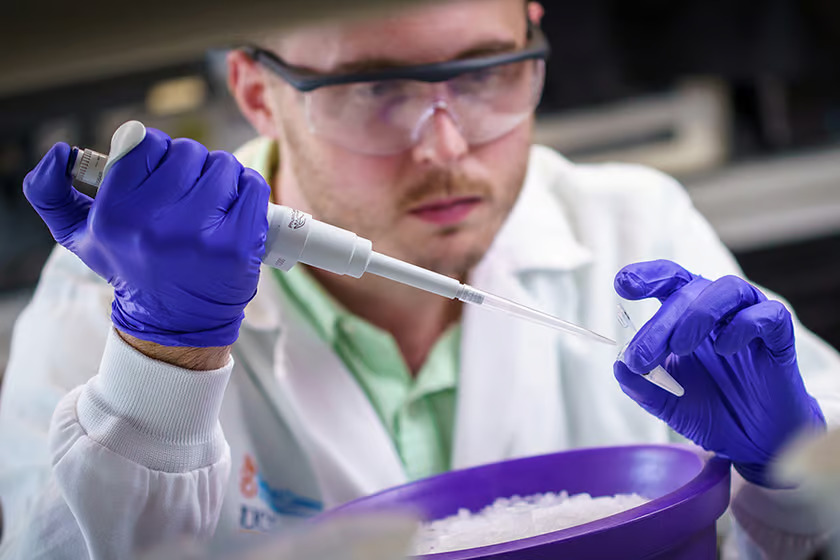Many people think dental check-ups only mean getting their teeth cleaned. Dentists often do more than clean up or polish your pearly white teeth when you visit them. Some of the benefits of visiting a dentist include early detection of dental cavities, enabling you to catch gum diseases early, detection of oral cancer during its early stages, checking for fillings, catching lousy breath and dry mouth, and review of overall oral hygiene, to list a few.
It is because of these many benefits that dentists are found in almost every place within a country. For instance, there are urban and rural-based dentists. However, some people are confused when choosing between CBD dental clinics or local suburban practices. That said, is it better to see a dentist at work but then have to go back to the office or a dentist who comes close to home so you can relax afterwards? Well, keep reading to find an appropriate answer to this question.
What is a CBD Dental Clinic?
A CBD dental clinic is a health facility situated at the centre of a city or town with the main aim of offering dental services to clients, including polishing the pearly white teeth and detecting dental issues and complications. An example of an inner-city dentist is the CBD Dental in Sydney. This Sydney CBD dentist is prestigious and a celebrity haunts because of the quality of services it offers to the patients, its accessible location, and the necessary facilities for dental practices.
Most CBD dental clinics require one to book an appointment with their hygiene department, primarily if the practice involves a thorough preventive treatment. The booking is also necessary when the client wants to improve their smiles’ functionality and appearance by using specific cosmetic treatments like Invisalign, Veneers, or implants.
CBD dental clinic dentists often recognize that people have different varying priorities when it comes to appearance. Regardless, everyone is always urged to impart the significance that teeth give to oral and general health. The Sydney-based cosmetic dentistry, for example, boasts of transforming the smiles and lives of more than 1 000 patients. This is because dentists know they can grow their practice by staying open into the night to ensure they deliver their best to their respective patients.
Local Suburban Dental Practices
Local suburban dental practices involve visiting a dental facility situated within a rural village or the outskirts of a city or town. In most cases, this type of dental practice does not involve using sophisticated facilities to deliver services because they are majorly meant for handling a small number of patients than the CBD dental clinics. For this reason, rural or suburban dental clinics are less prone to congestion than CDB clinics.
Other benefits of working with a rural or suburban dental practice are that rural areas have more advantages in social networks that are denser. As a result, they enhance a longer duration of social ties, sharing of life experiences, improved quality of life, advanced norms of self-help practices, and reciprocity.
Conclusion
Dental clinics have widely spread in various parts of the world. Some are within the CBDs, while others are in rural or suburban areas. The CBD-based clinics are advantageous for individuals who wish to visit their dentists while at work, while rural or suburban clinics target the village population. Therefore, they enhance social networks, improve quality of life, and enhance self-help practices. So, it is better to see a dentist close to your home and then go back to rest afterwards.



